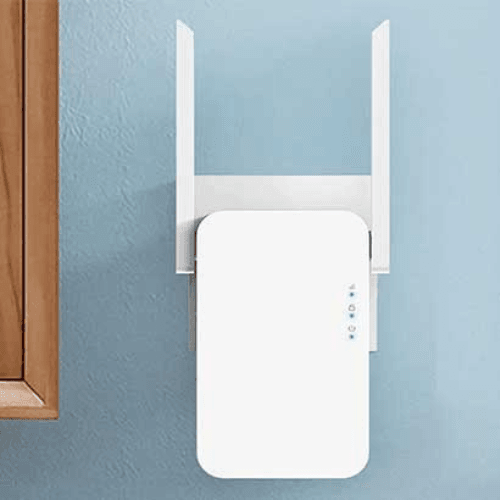Flask is a popular Python web framework that allows you to create web applications quickly and easily. In this article, we’ll show you how to install Flask on Ubuntu 18.04.
Step 1: Update the Package Repository Before installing any new software on Ubuntu, it’s always a good idea to update the package repository to make sure you have the latest version of everything. You can do this by running the following command:
sudo apt updateStep 2: Install Python and Pip Flask is a Python framework, so you’ll need to have Python installed on your system. You can check if Python is already installed by running the following command:
python3 -VIf Python is not installed, you can install it using the following command:
sudo apt install python3Once Python is installed, you’ll also need to install pip, which is a package manager for Python. You can install pip using the following command:
sudo apt install python3-pipStep 3: Create a Virtual Environment It’s a good idea to create a virtual environment for your Flask application so that you can isolate it from other Python applications and avoid any conflicts between different versions of Python packages. You can create a virtual environment using the following command:
python3 -m venv myprojectenvThis will create a new virtual environment in a directory called myprojectenv.
Step 4: Activate the Virtual Environment After creating the virtual environment, you need to activate it by running the following command:
source myprojectenv/bin/activateYou should see the name of your virtual environment in the command prompt, indicating that the virtual environment is now active.
Step 5: Install Flask Now that you have Python and pip installed, and you have created and activated a virtual environment for your project, you can install Flask using pip. To install Flask, run the following command:
pip install FlaskThis will download and install Flask and its dependencies.
Step 6: Test the Installation To test that Flask has been installed correctly, create a new file called app.py and paste the following code into it:
from flask import Flask
app = Flask(__name__)
@app.route("/")
def hello():
return "Hello, World!"
if __name__ == "__main__":
app.run()Save the file and run it using the following command:
export FLASK_APP=app.py
flask runThis will start a local web server on port 5000. Open your web browser and go http://localhost:5000/ to see the “Hello, World!” message displayed.
Step 7: Deactivate the Virtual Environment When you’re done working on your Flask application, you can deactivate the virtual environment by running the following command:
deactivateThis will return you to your normal command prompt.
Conclusion In this article, we’ve shown you how to install Flask on Ubuntu 18.04, create a virtual environment for your Flask application, and test that Flask is working correctly. With Flask installed, you’re ready to start building your own web applications!
Tech content on this site may include contributed articles and partnerships with industry voices. Learn more in our Editorial Policy.





